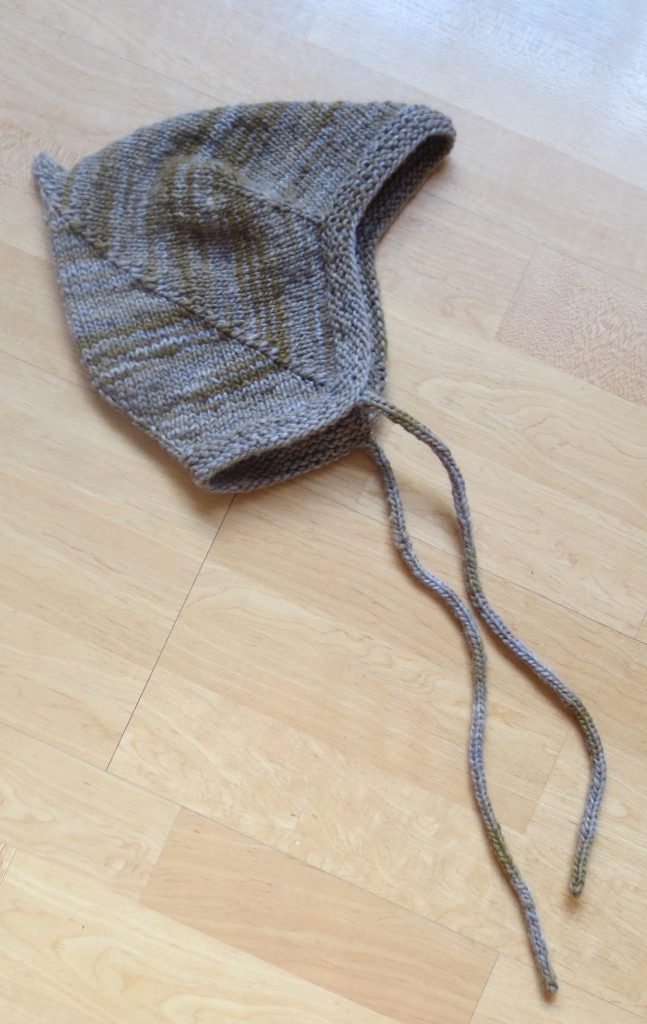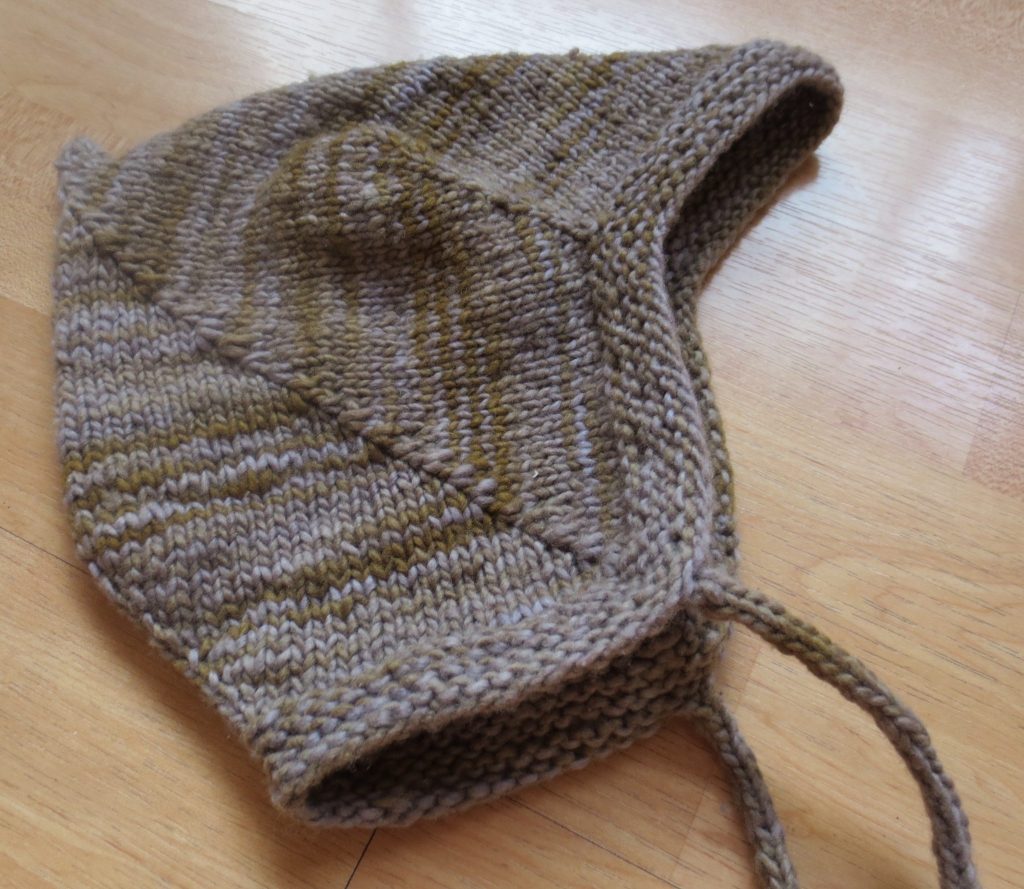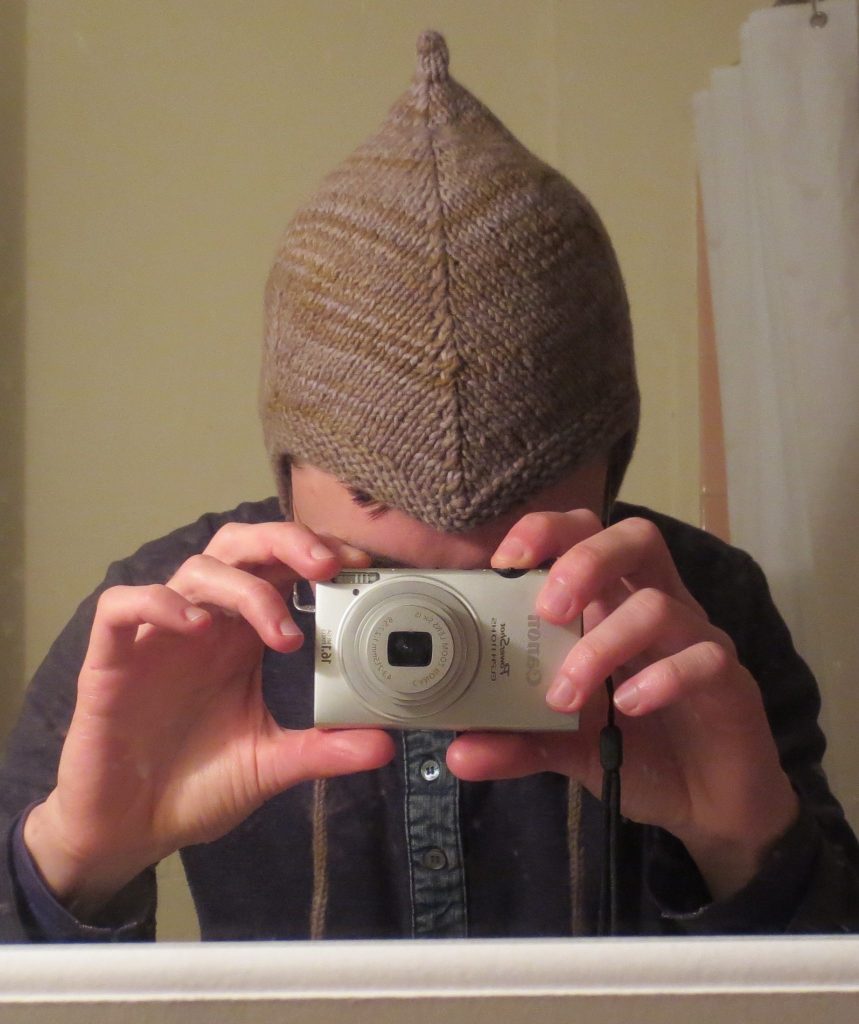
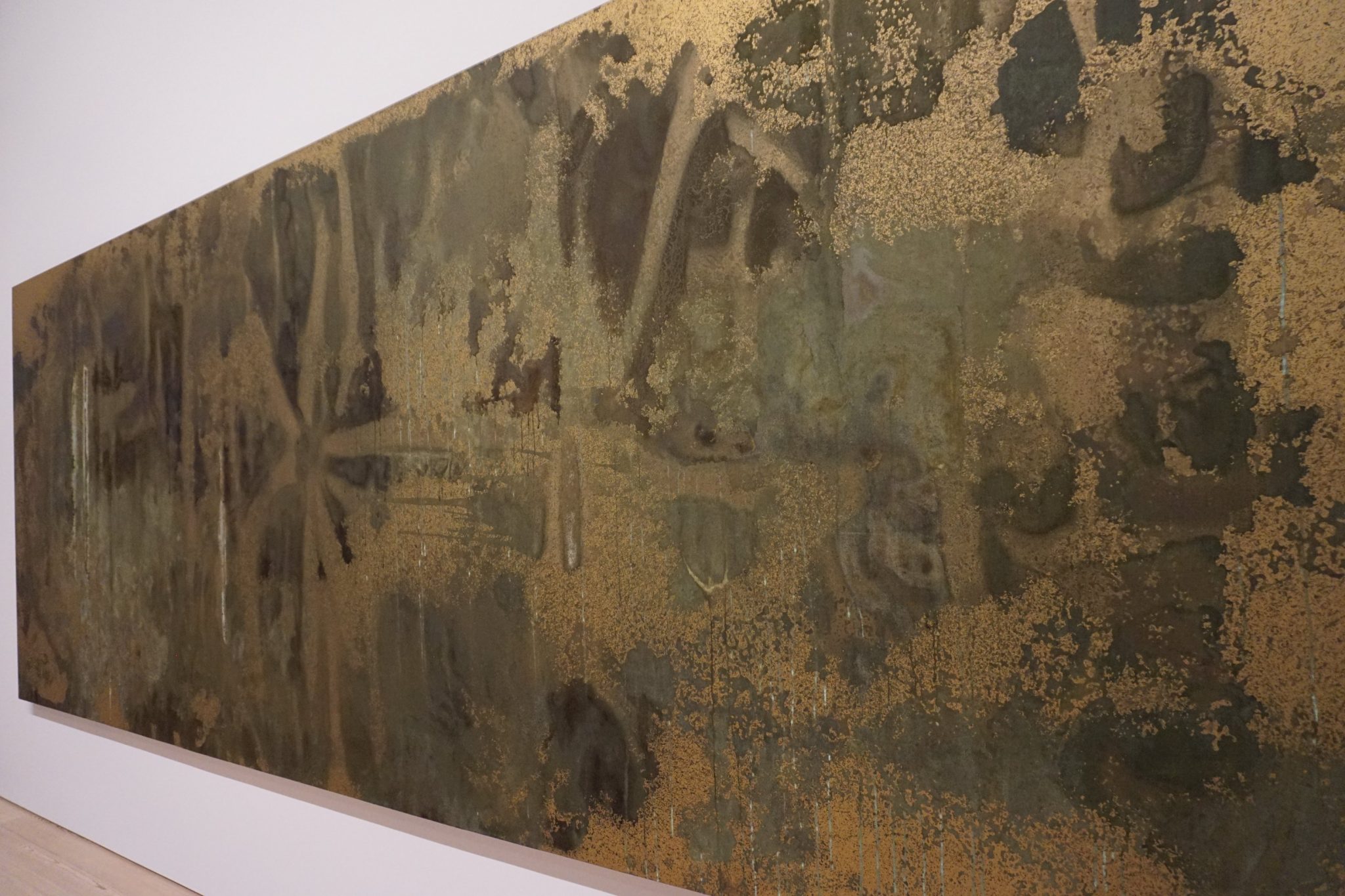

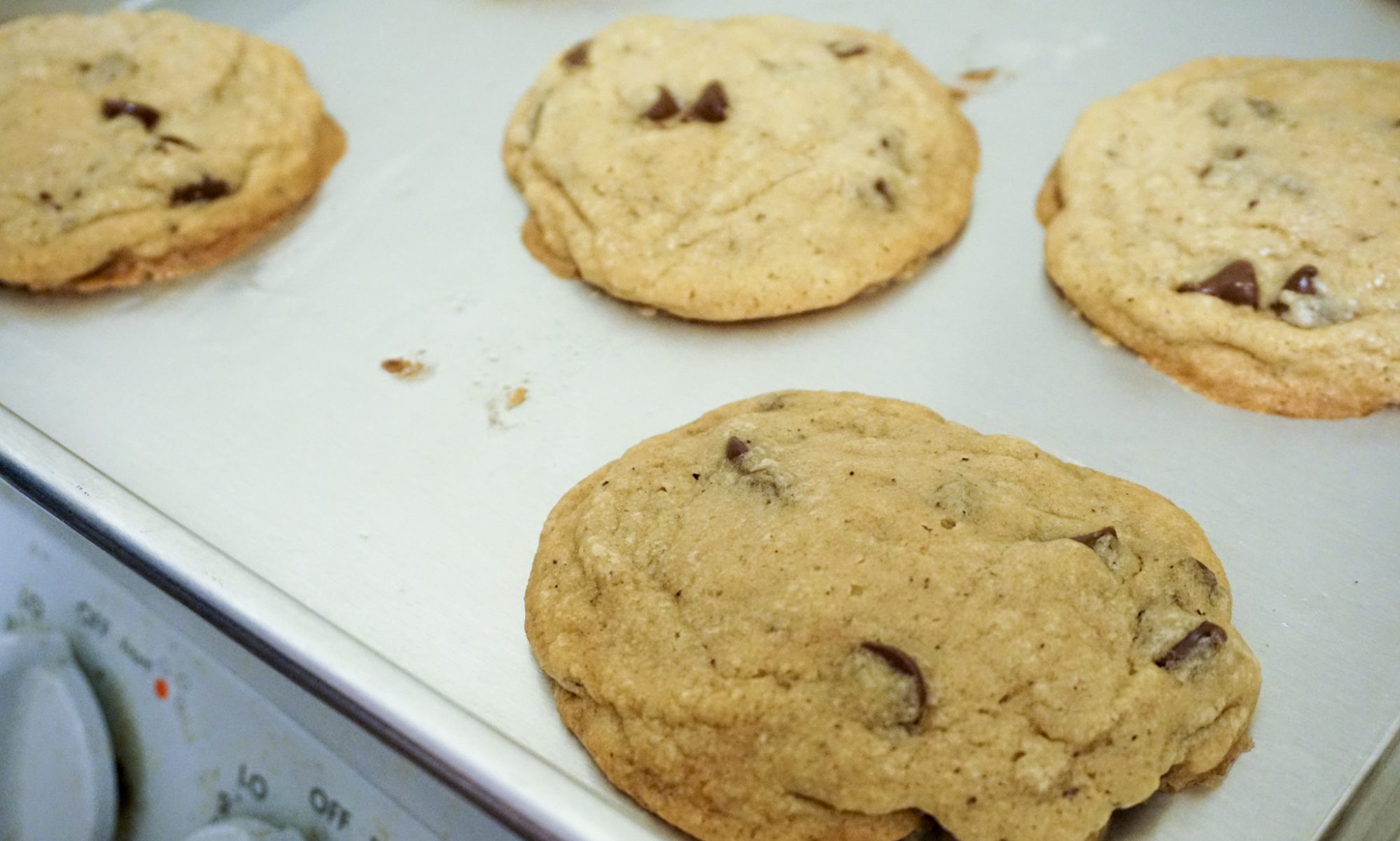
Food, sustainablity, and some other stuff
Events from J’s and N’s lives.



I don’t really use cornmeal for anything, so I decided to make cornbread to use up the haul-cornmeal. It had the added benefit of using up the rest of my flour. I’m moving out in a month and am trying to not have any food left. I’m down to my freezer stash of carby foods, like biscuits, brownies, low-tier garlic bread, low-tier baguette (which is gonna be upgraded to banh mi :).
Anyway, my mom provided the Cook’s Illustrated “Northern cornbread” recipe that she likes. (The “Southern cornbread” recipe has more cornmeal and, I believe, less sugar.)
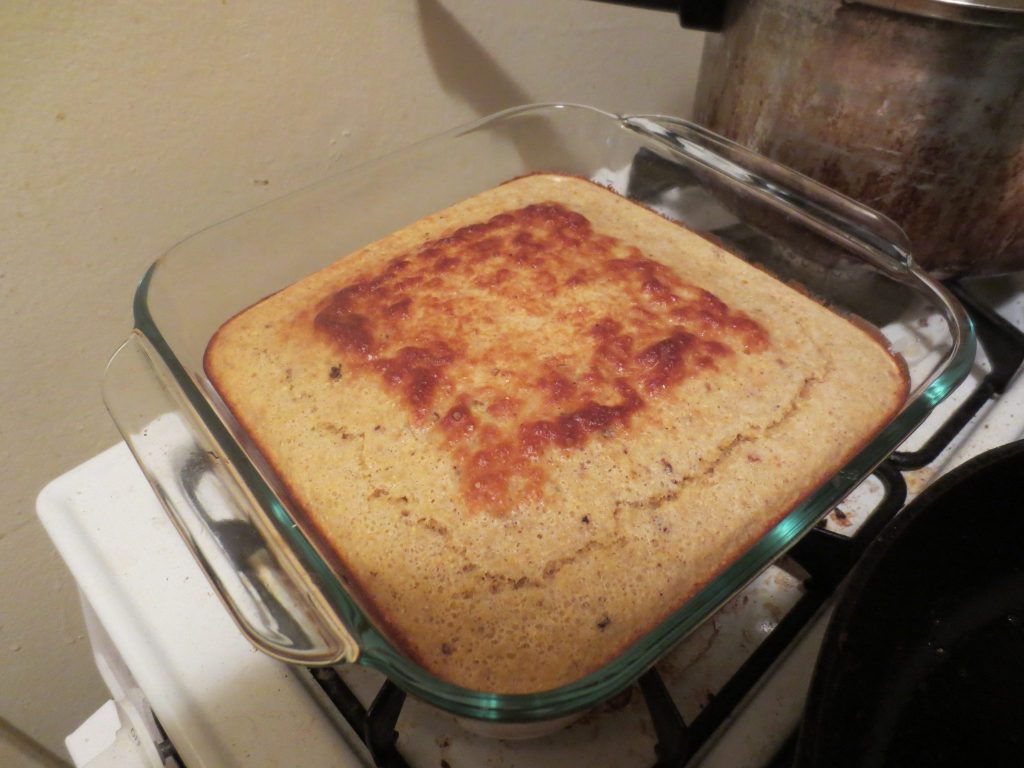
I discovered a neighbor was moving out when I discovered trash bags full of dry goods (gasp!) outside their door. I couldn’t keep myself from asking if it was fine for me to take what I wanted (the answer was “yes” and I was even offered my pick of furniture), so I ended up with this haul:
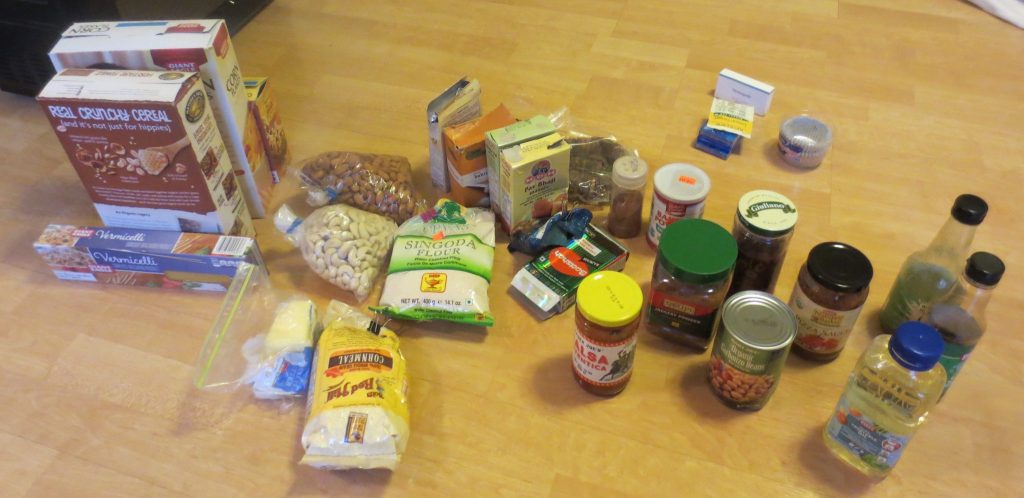
I love getting stuff I wouldn’t normally buy. It’s a treat 🙂 I especially enjoyed the salsa.
The day the neighbors moved out, I dug through the apartment dumpster, and additionally got a chair (for putting my “in use” clothes on), an apparently never-used yoga mat, laundry detergent (never get Gain original scent… On the plus side, I hear Gain is super strong), and a single handkerchief.
Frankie, one of my favorite musicians, has a new song about ghosting, “breaking off a relationship (often an intimate relationship) by ceasing all communication and contact with the former partner without any apparent warning or justification, as well as ignoring the former partner’s attempts to reach out or communicate”. The song is really good, plus the music video is a gender-swapped allusion to Grease 😀 Enjoy (and listen to Frankie’s other songs)!
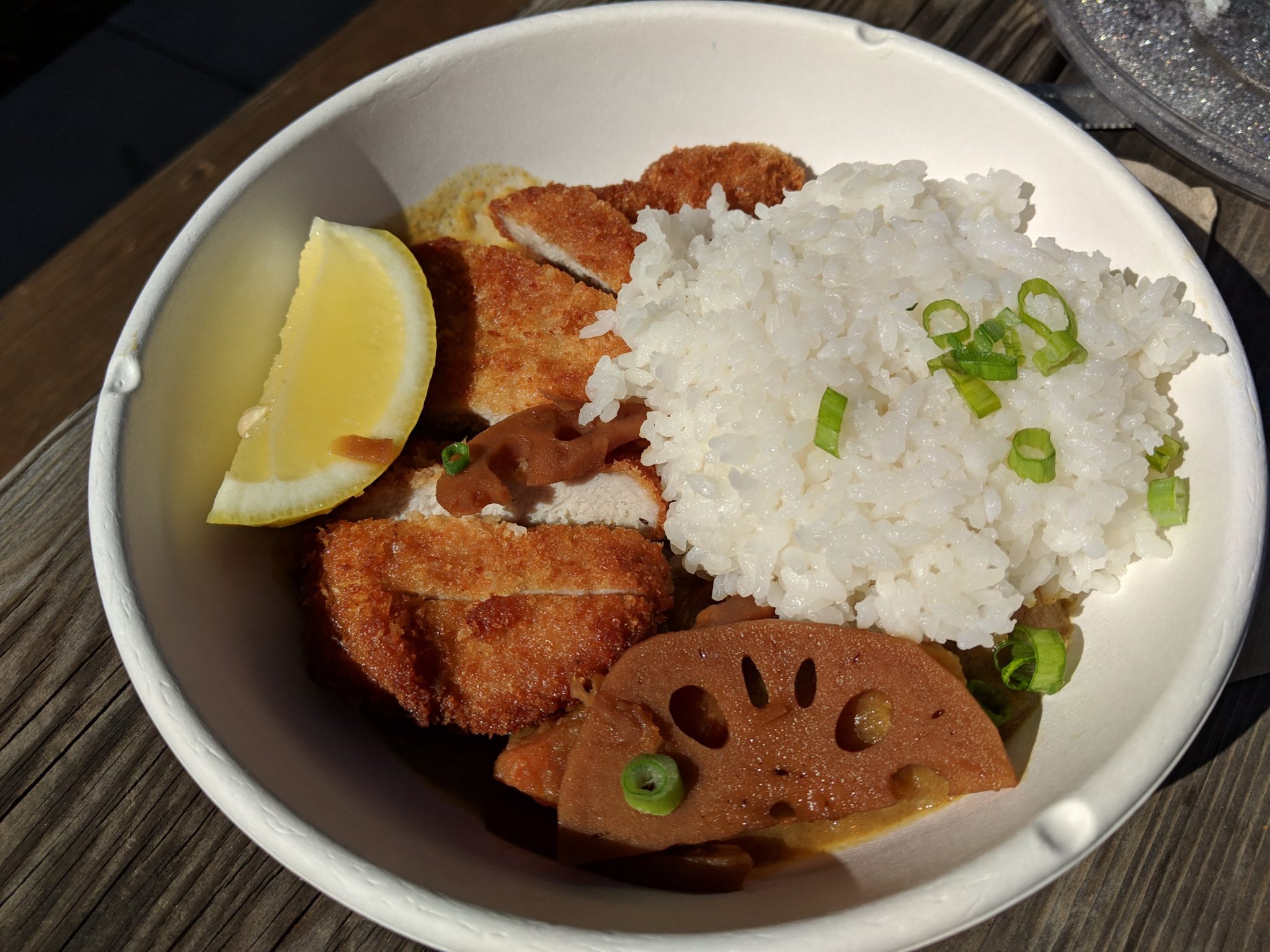

Of course, there was also the casting kit for last-making!
And for my birthday a couple months ago, I got….

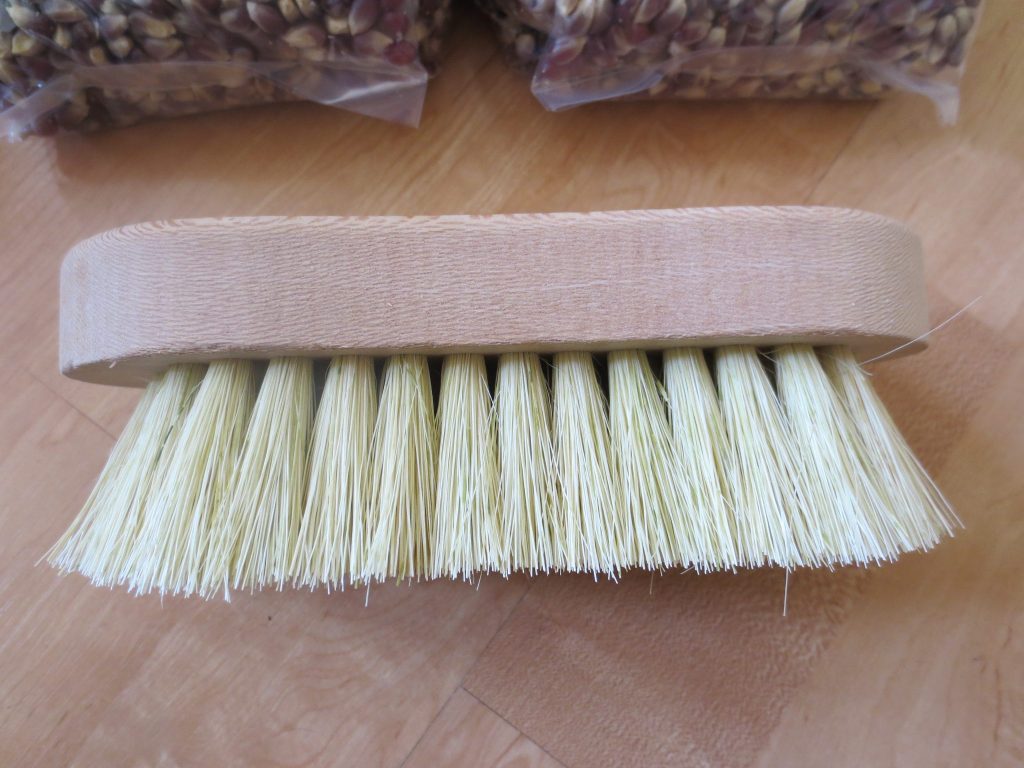
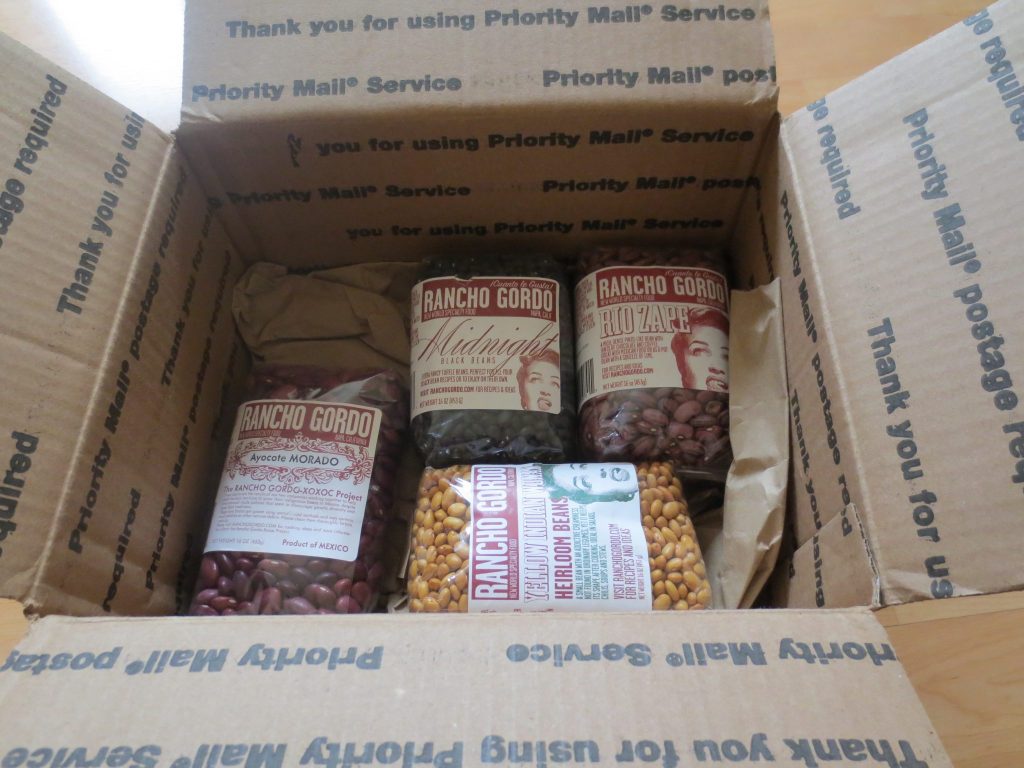
What did y’all get for Christmas?



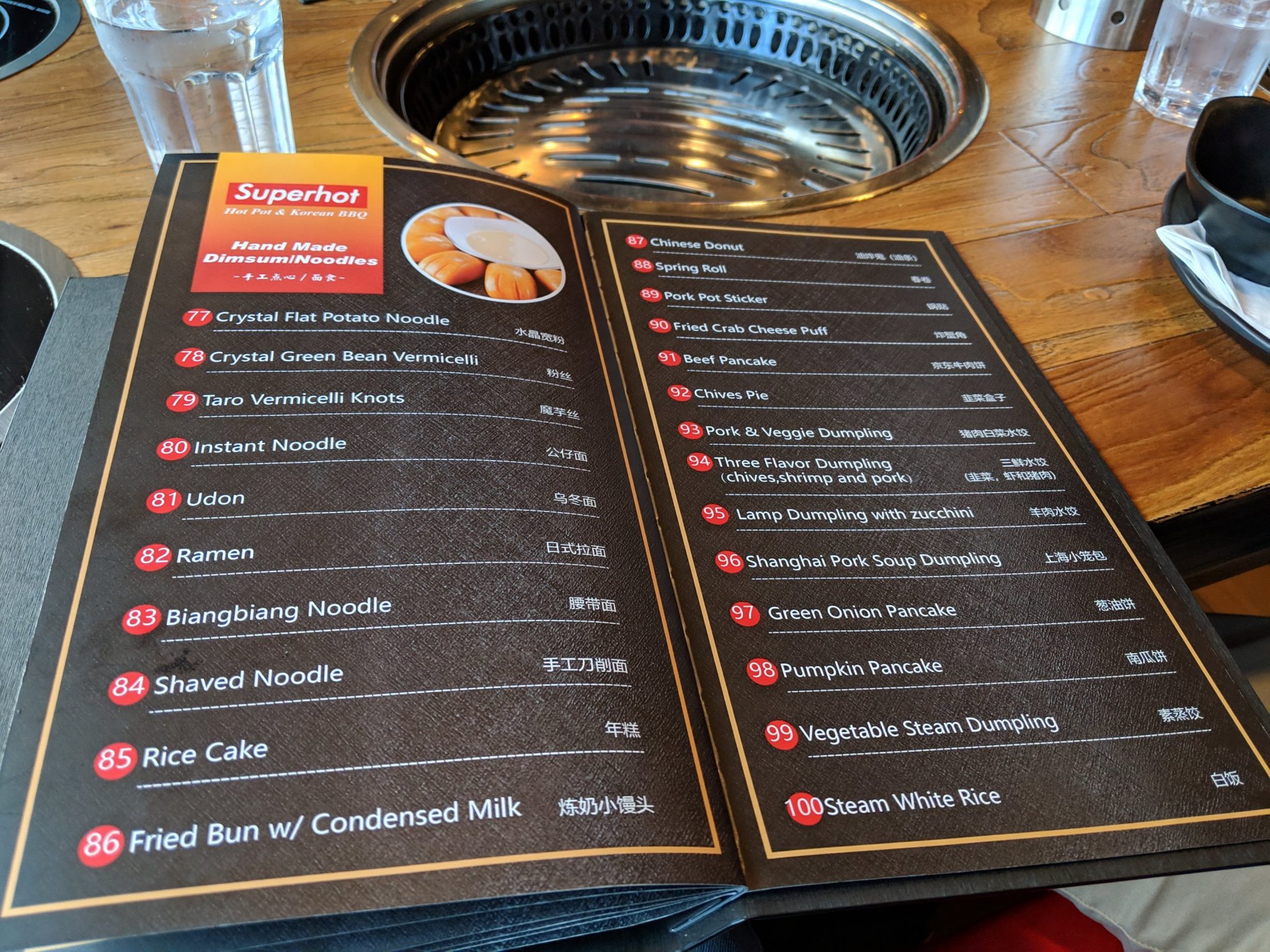
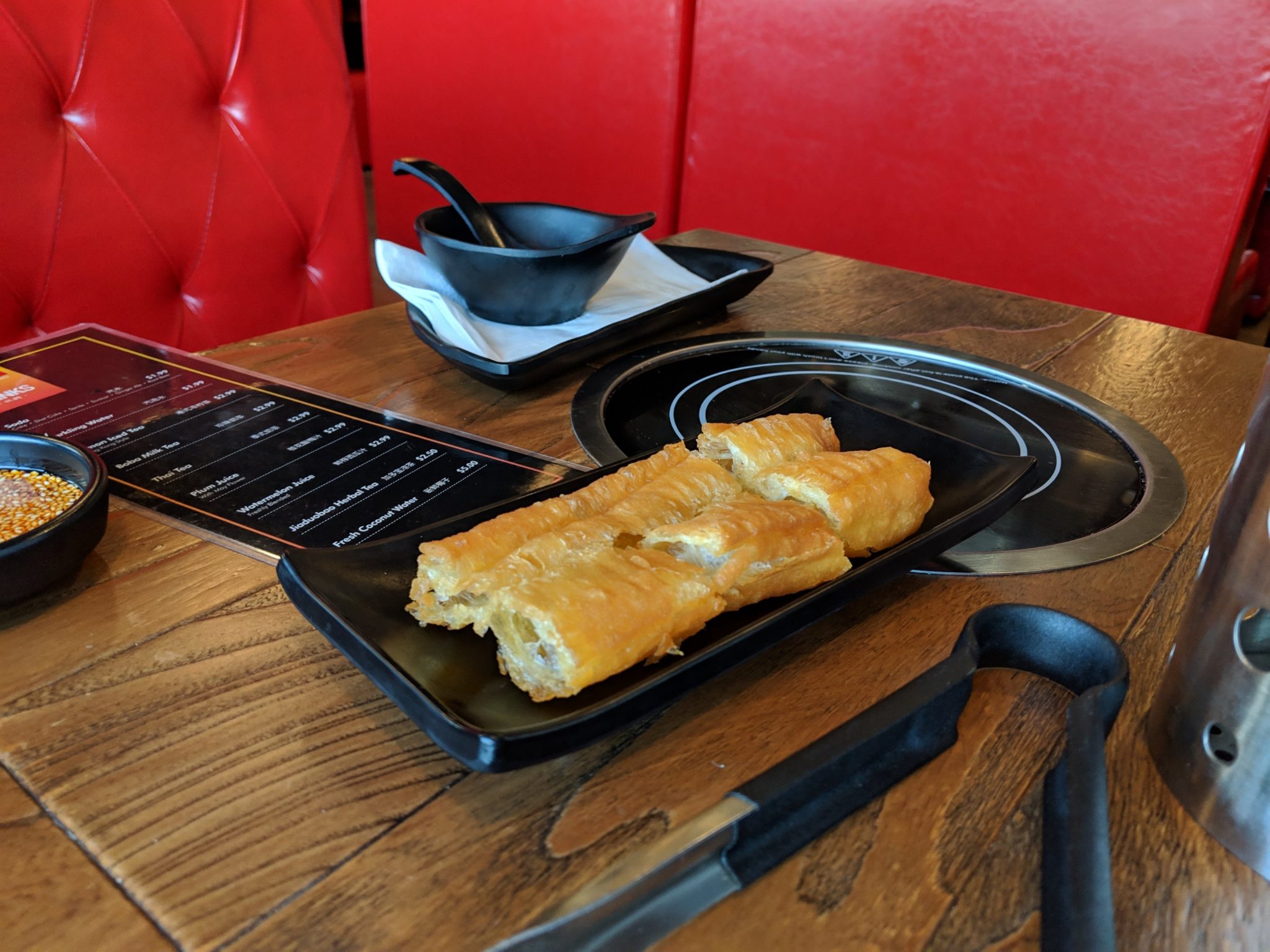
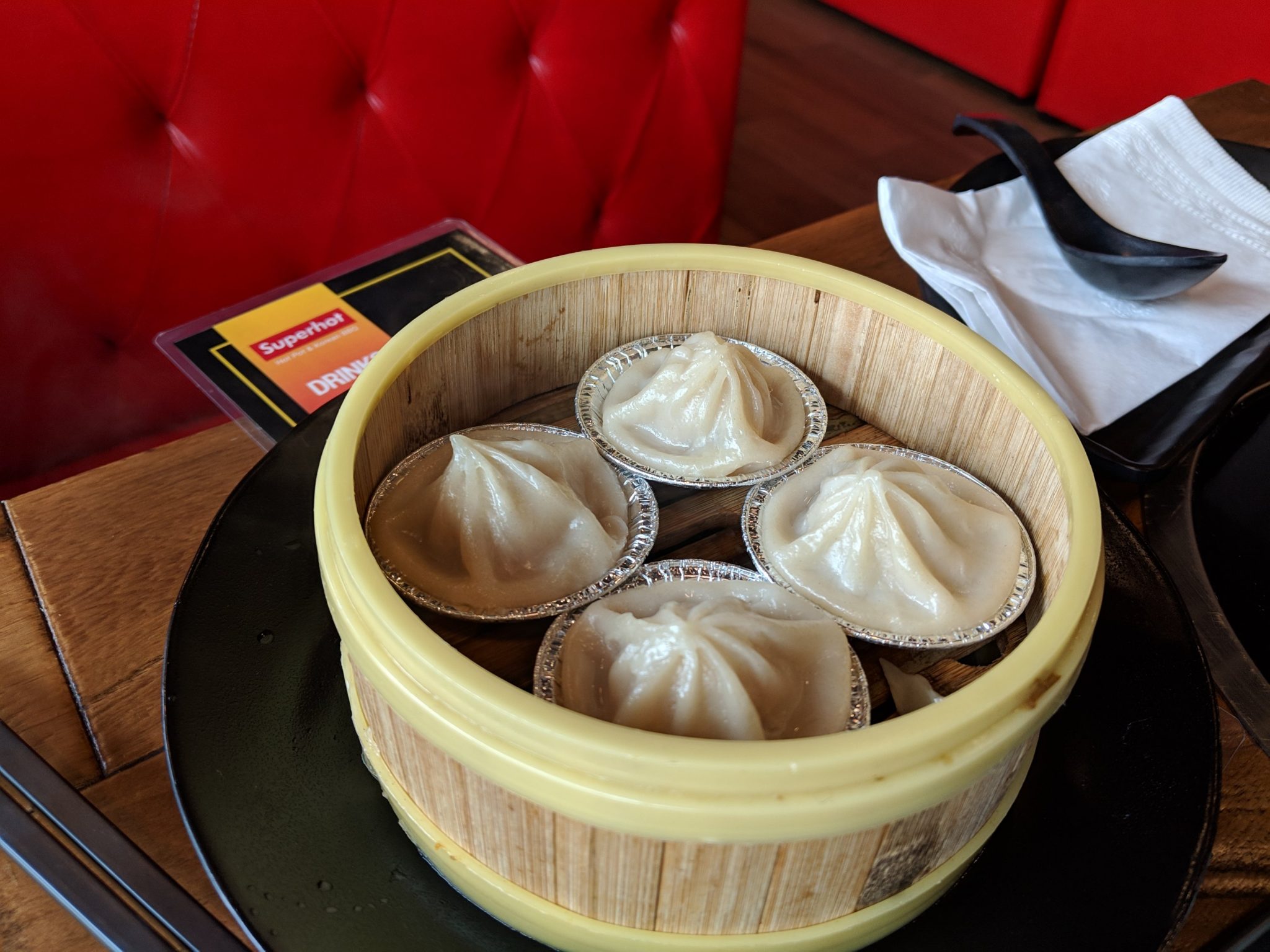

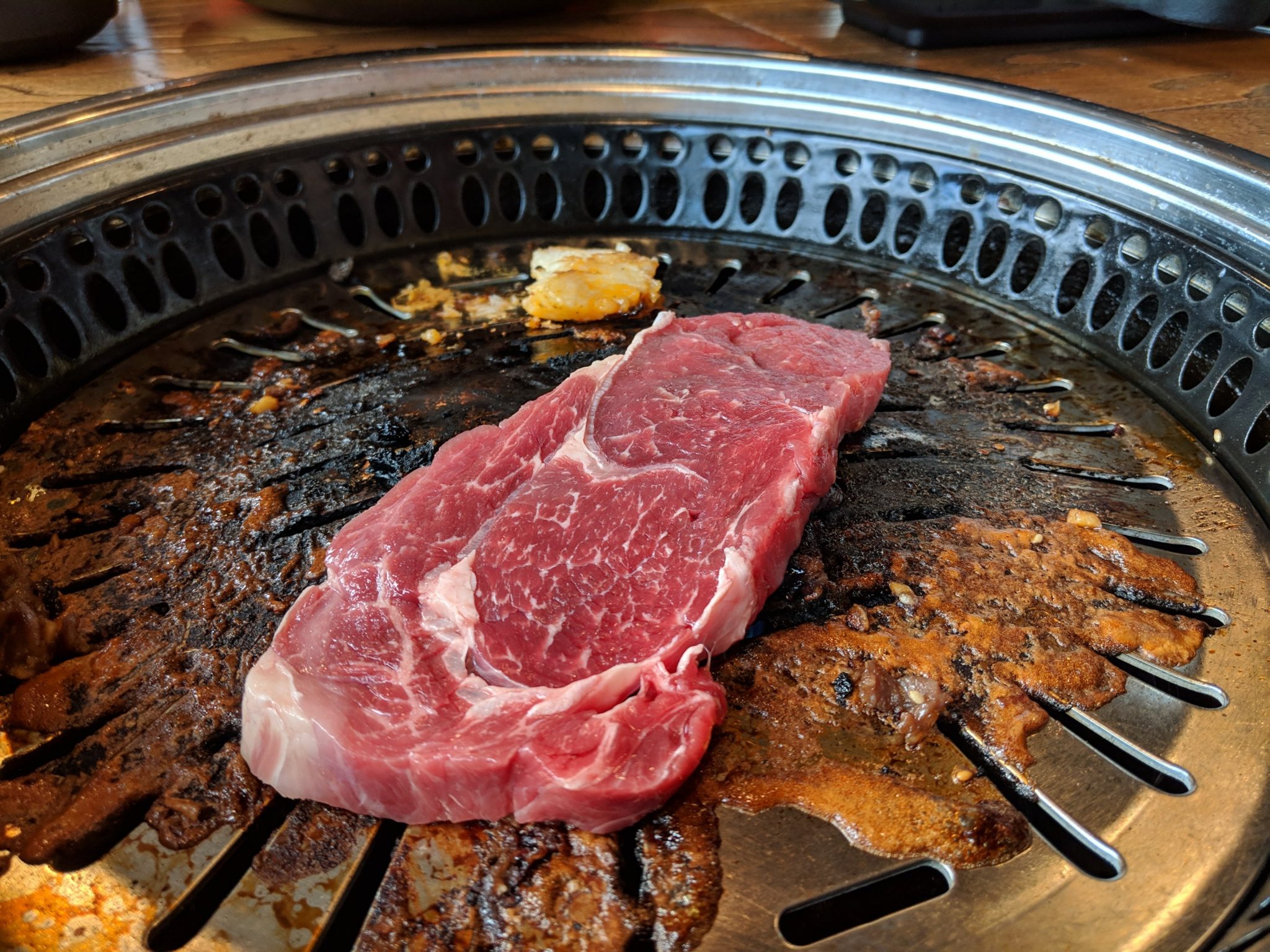
A lot of y’all probably know that I use handkerchiefs in place of (disposable) tissues. I find them very convenient and, since they’re such a foreign concept to most people, I want to explain the ins and outs of their use and care!
I treat hankies as a cross between a tissue and a cloth napkin. I use them to blow my nose, and occasionally wipe my hands and mouth, but appropriate use varies by culture. For example, in Japan, it is rude to use your handkerchief to blow your nose (or to blow your nose in public at all); handkerchiefs are meant only for drying sweat or your hands. And in the US, handkerchiefs are just not used (except in hanky code by the gay and BDSM communities), so there is no particular etiquette I am aware of.
I carry one handkerchief in my pocket every day. I use it until it gets too dirty, then I switch it for a new one. Unless I’m sick, I usually use the same one for a week. I carry a couple backups in my backpack in case I suddenly get hit with allergies, or a friend needs a tissue.
I have about 20 hankies in my personal collection, but that’s way more than I need for day-to-day use. If you’re gonna switch to tissues for a really runny nose, 5-7 hankies should be fine for the rest of the time.
I use hankies when I’m sick too! I’ve never needed more than my 20 hankies in a single day. If it looks like I’m going to run out, I wash some handkerchiefs by hand and let them dry overnight to use the next day.
You can wash hankies either by hand, or by machine in a mesh lingerie bag. I usually put mine in with the rest of my laundry. In either case, unfold each hankie and soak in water for a few hours before washing. This rehydrates dried mucus so that it can be washed off 🙂 Handkerchief fabric is very lightweight so they dry super fast. I always air dry them.
My handkerchief collection is all from my maternal grandparents’ estate. My grandparents had a huge number of handkerchiefs and bandanas. Apparently, they had grown up using handkerchiefs (during the Great Depression) and continued to do so until disposable tissues took hold.
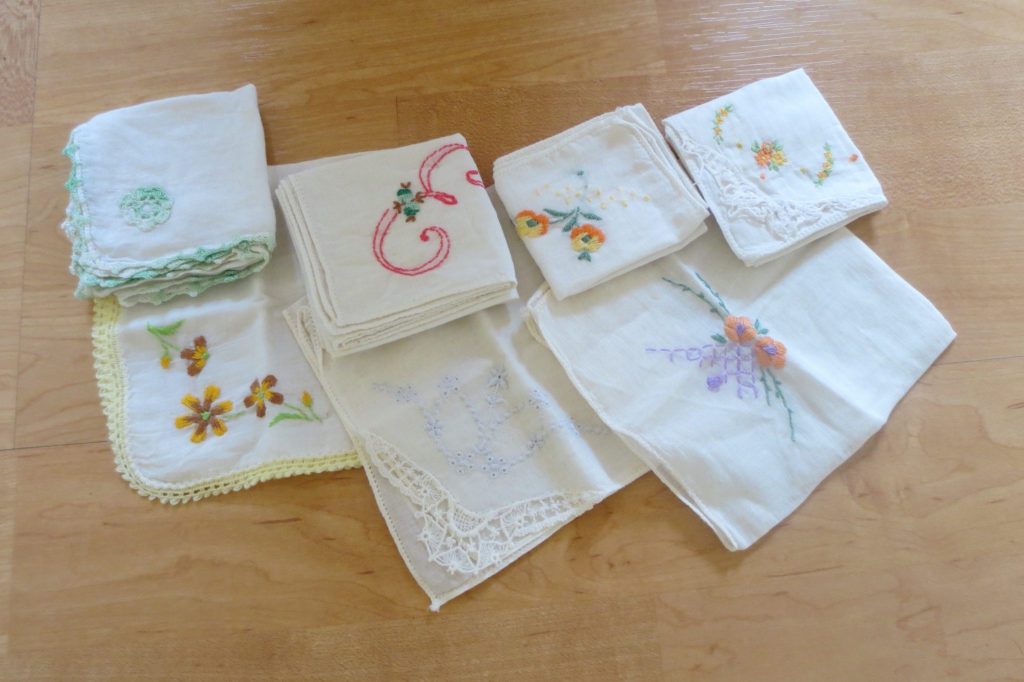
Because of the switch to tissues, there are lots of old hankies available at thrift stores, antique stores, creative reuse stores (I’d say this is your best bet), and on eBay. You can use thin woven fabric, like a bandana, or t-shirt material.
The fabric should be natural (cotton and linen are common) and not a satin weave – your snot will slide right off 🙂 (Pocket squares make poor handkerchiefs because they’re usually made of glossy fabric.) A color or patten will help hide stains. If you’re worried you’ll look weird using a hankie, use white ones; they’ll look just like tissues.
I fold mine into sixteenths (in half, in half hamburger-style, in half the same direction, then in half hamburger-style again) to make a sort of “book”.
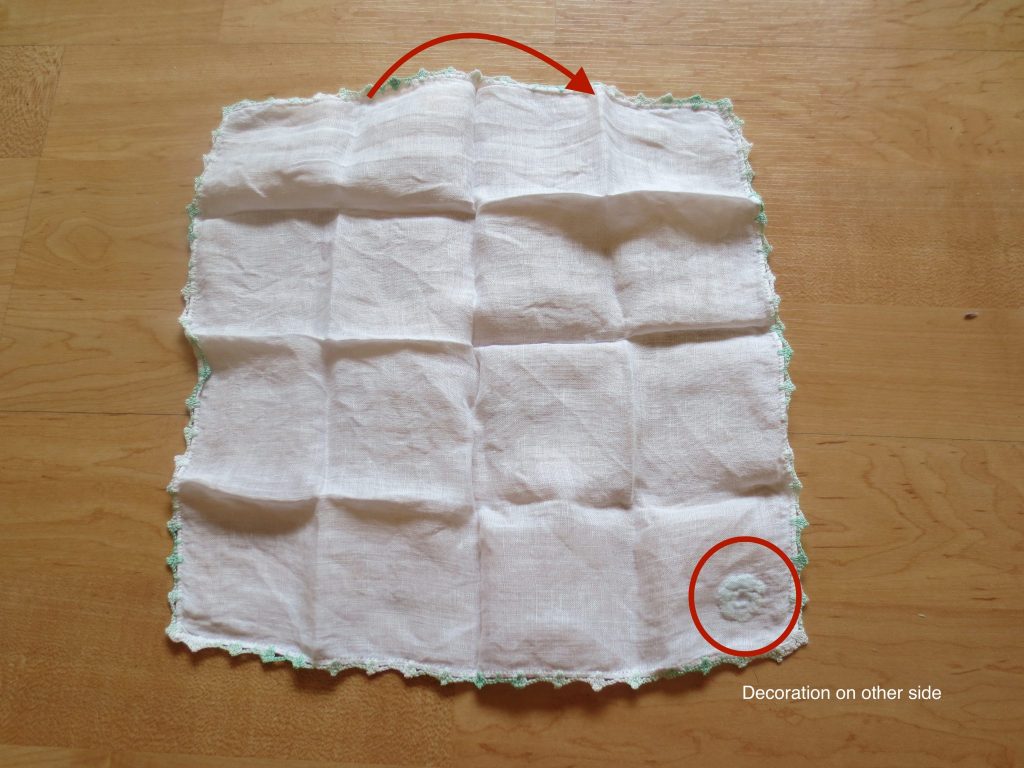
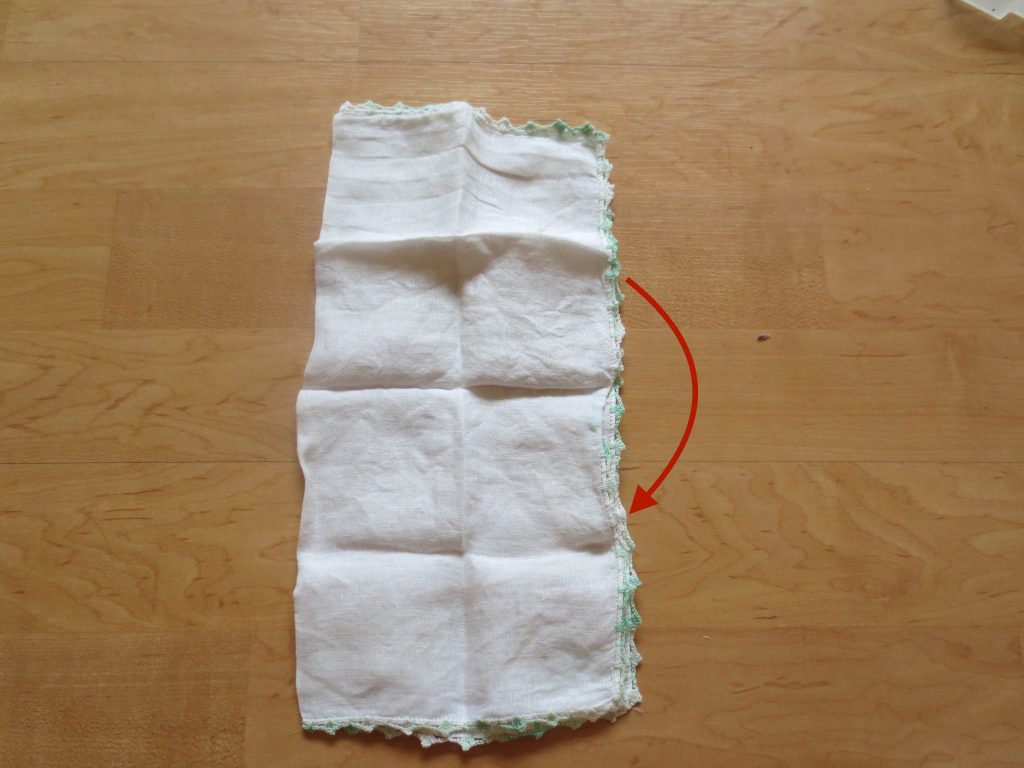
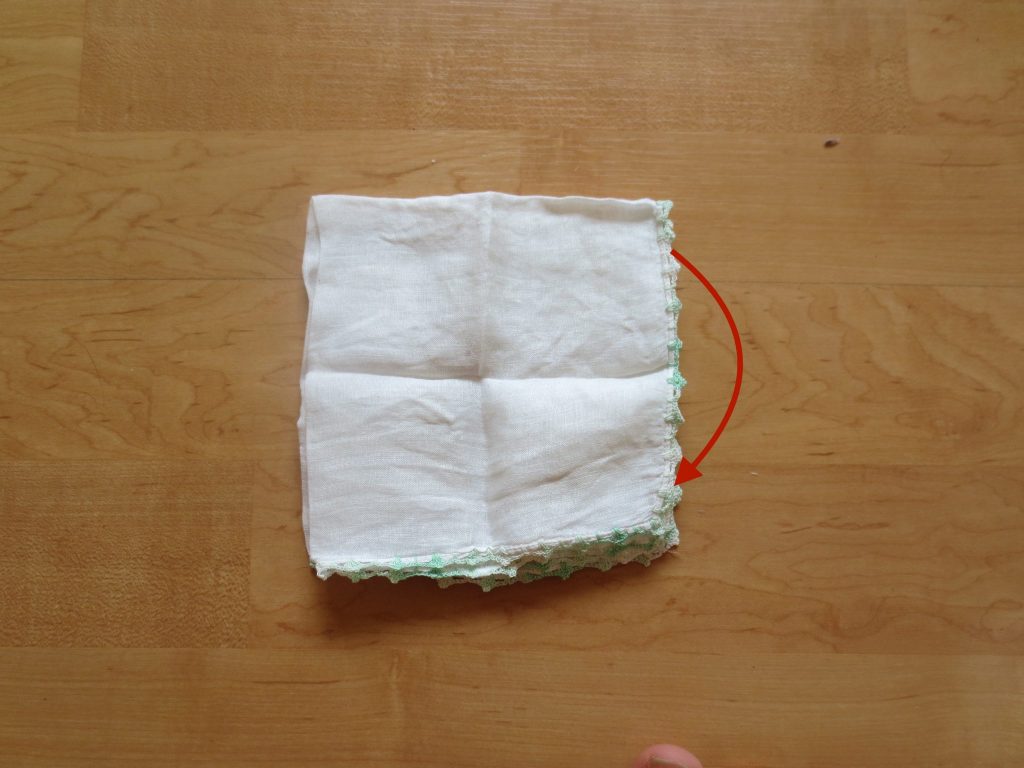
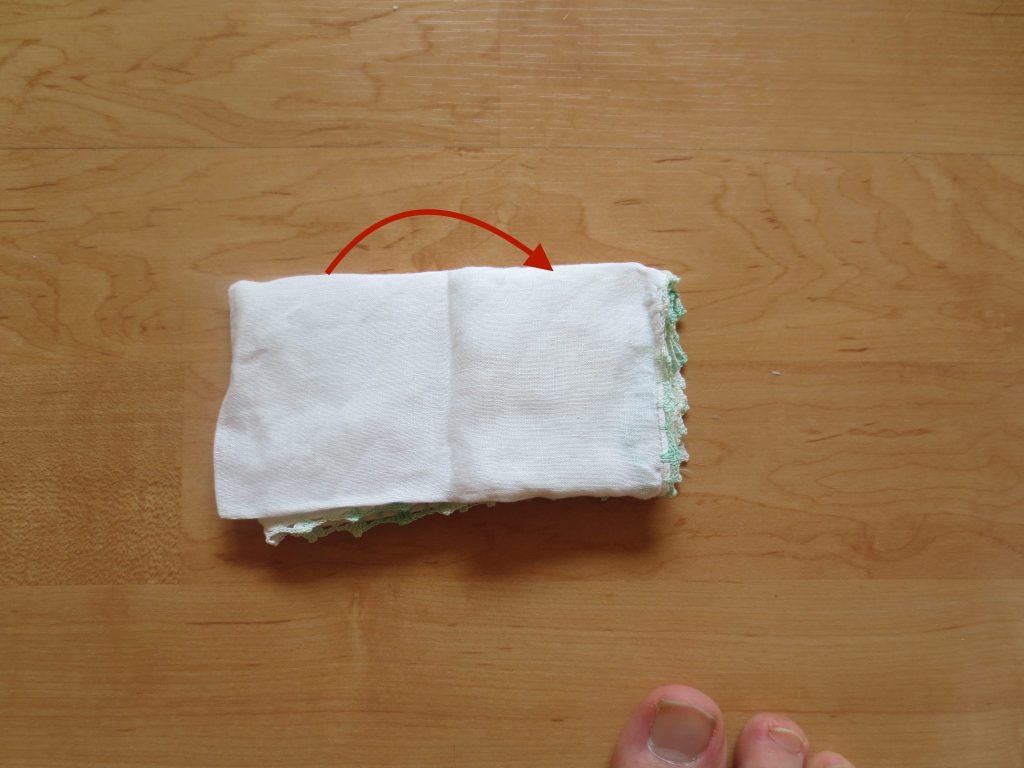

Each time I use the hankie, I use a “page” of the book so that I have a new surface available. I use the main fold of the hankie booklet for wiping my mouth so that I can keep food and mucus separate. To keep the outside of the hankie clean, don’t use its “cover”.
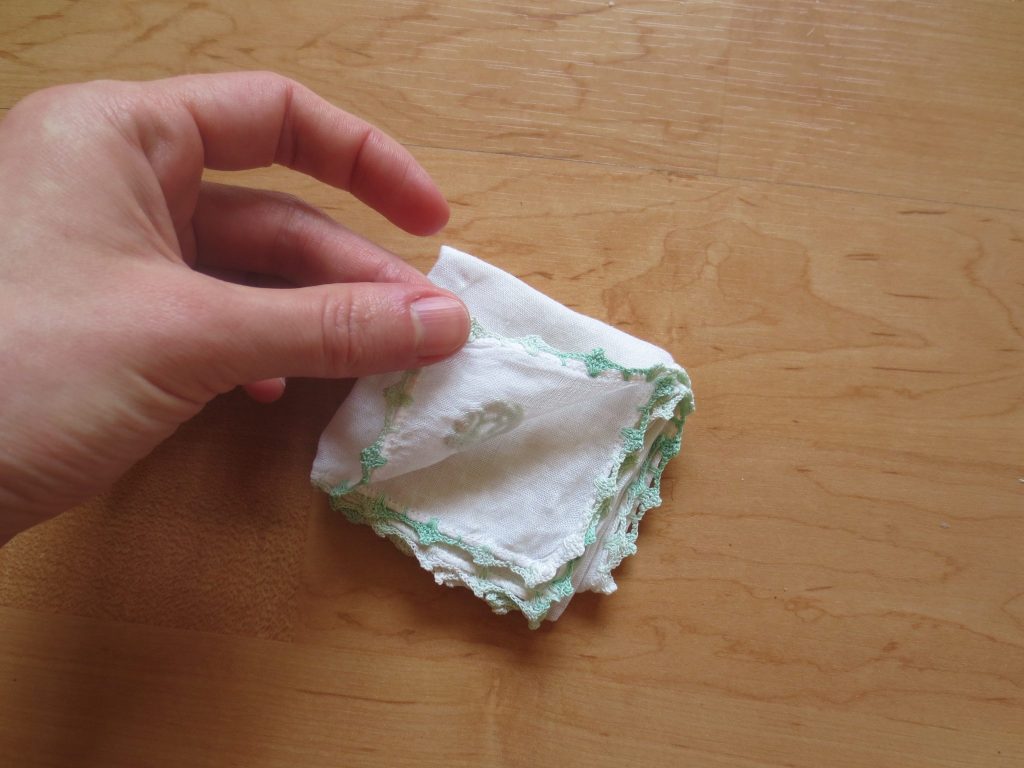
A lot of people think hankies are gross, but you’ll be fine if you’re used to washing other cloth items that come in contact with bodily fluids, like cloth menstrual pads, cloth napkins, even underwear. If it really bothers you, you can also use each hanky just once before washing (but then you’ll need a lot).
Good luck!
It’s been quite cold the last few days, so cold that classes were canceled. The low was -2°F, or so, with windchill down to an apparent -20°F! I walked to the grocery store just to experience it (with an additional scarf and a pair of thermal ski pants added to my everyday winter wear).
“The coldest location in the U.S. on Thursday was Cotton, Minn., where the temperature reached minus 56°F. The coldest location in the U.S. on Wednesday was Norris Camp, Minn., where it was minus 48°F, with a wind chill of minus 65°F” (source: various news websites).
Winter Storm Jayden, the Polar Vortex, and Climate Change: 3 Factors that Matter
Since I’m trying to use up the merino wool from the failed sweater, I’ve been asking if anyone has knitting requests! Sibling C is perpetually cold and tries to avoid using a lot of energy on heating in the winter, so she requested a sleep hat.
I modified this baby pattern (pictures of the finished product here) by casting on 107 stitches and using short rows to make the top curlier and pointier and more elven (:
